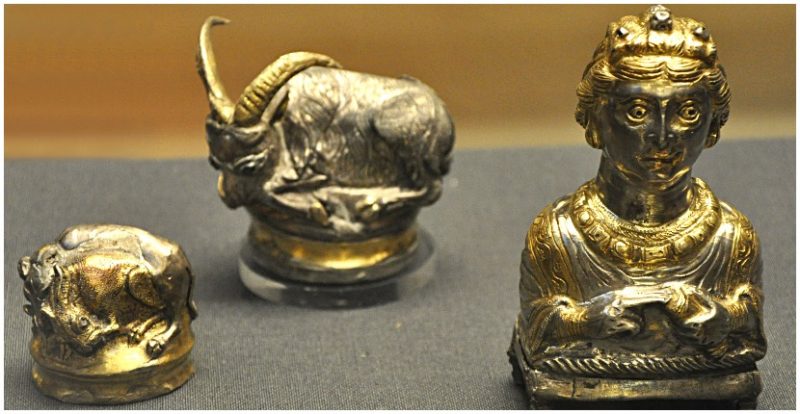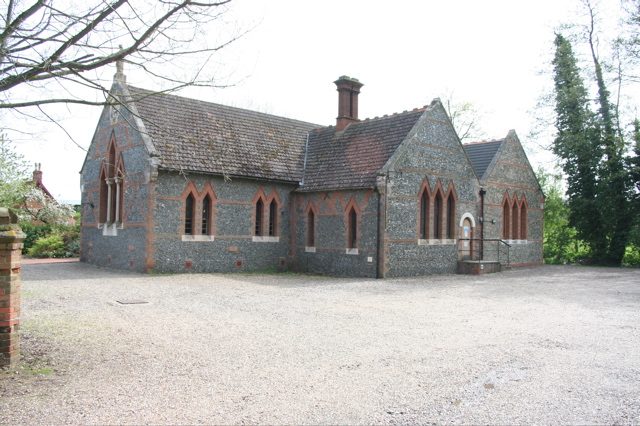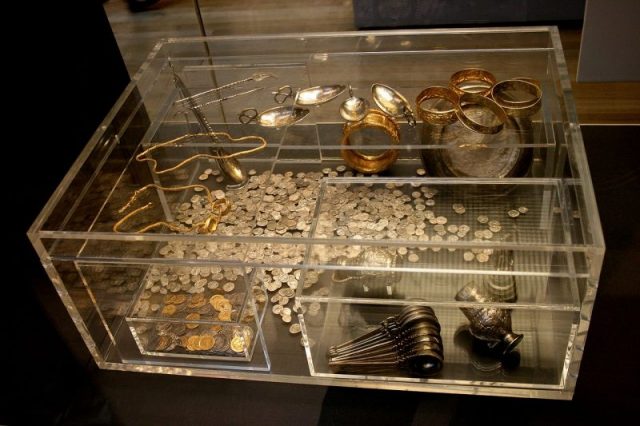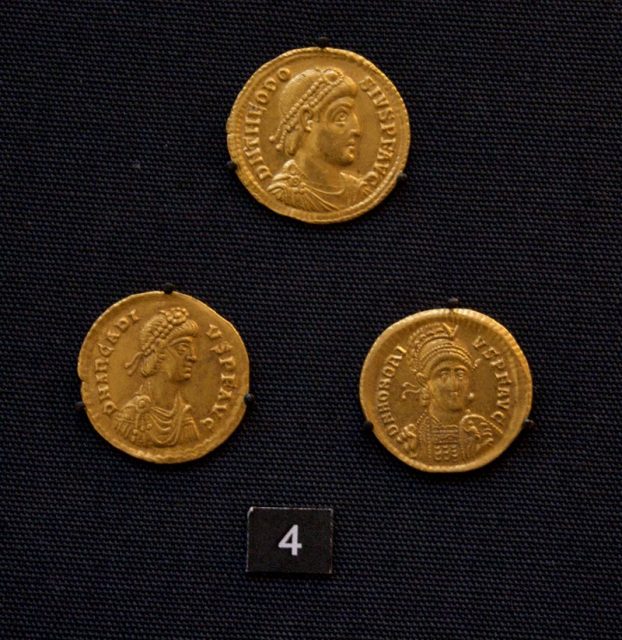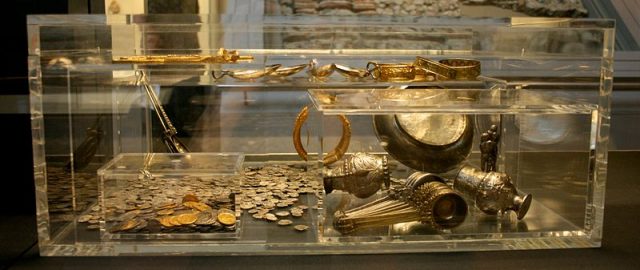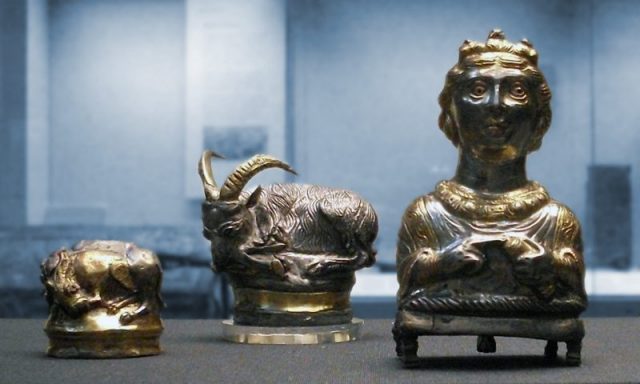Hidden deep within the rose-red cliffs of southern Jordan lies one of humanity’s most astonishing architectural achievements — the rock-cut theater of Petra, a city carved into living stone more than two thousand years ago. Dating back to the 1st century CE, this monumental amphitheater stands as both a marvel of engineering and a timeless witness to the artistry of the Nabataean civilization, a people whose vision transformed desert rock into poetry.
The theater was discovered and documented by European explorers in the early 19th century, most notably by Johann Ludwig Burckhardt, the Swiss traveler who revealed Petra to the modern world in 1812. Later excavations led by archaeologists from the Department of Antiquities of Jordan, along with teams from Brown University and the American Center of Research (ACOR), unveiled further details about its design, purpose, and significance.

Unlike most Roman amphitheaters, which were built from ᴀssembled stone blocks, Petra’s theater was entirely carved out of the sandstone cliffs. This technique not only gave it exceptional durability but also integrated it harmoniously with its natural surroundings. The Nabataeans sculpted a semicircular structure that could seat around 8,000 to 8,500 spectators, facing a grand stage framed by decorative columns and once adorned with statues and reliefs.
The material — rose-red sandstone — is Petra’s hallmark. Its layered hues of red, gold, and pink shift with the changing light, turning the theater into a living canvas. Each chisel mark reveals not only craftsmanship but also reverence for the earth itself. The Nabataeans combined their architectural genius with acoustic mastery: the natural curve of the rock amplifies sound perfectly, allowing voices to carry across the arena without artificial aid — a feature that continues to amaze modern engineers.

Historically, the theater served as more than a site of entertainment. It was a public gathering space, a place for ceremonies, royal proclamations, and religious performances. In Nabataean culture, where spirituality was closely tied to nature, carving into the mountain was a sacred act — a dialogue between humans and the divine. The amphitheater thus represented the union of art, worship, and community.
Over time, the theater also reflected the influence of Roman culture. After the Roman annexation of Nabataea in 106 CE, modifications were made to expand its capacity and enhance its stage design. Yet, even as Roman elements appeared, the soul of the structure remained distinctly Nabataean — rooted in the desert, echoing with ancient pride.

In the centuries that followed, earthquakes, erosion, and abandonment silenced the theater’s voice. But when modern archaeologists cleared the sand from its tiers in the 20th century, they uncovered not ruins but resonance — an enduring conversation between civilization and stone. Today, the site stands protected as part of the UNESCO World Heritage Site of Petra (since 1985), attracting scholars, artists, and travelers from around the world.
The theater’s significance extends beyond architecture. It embodies humanity’s timeless desire to create harmony between nature and culture. It challenges modern society to rethink progress — not as domination over the environment, but as coexistence with it. Each curved seat, each eroded stair, whispers that civilizations may fade, but creativity endures.
To stand in the Petra theater today is to feel the heartbeat of history itself. The air still hums with the echoes of ancient festivals and royal speeches. Sunlight spills across the terraces like applause frozen in time. In that silence, one can sense the presence of those who carved, performed, and dreamed here — the Nabataeans, whose legacy proves that even in the heart of a barren desert, beauty can bloom eternal.
A Farmer’s Misplaced Hammer Led to the Largest Roman Treasure in Britain
